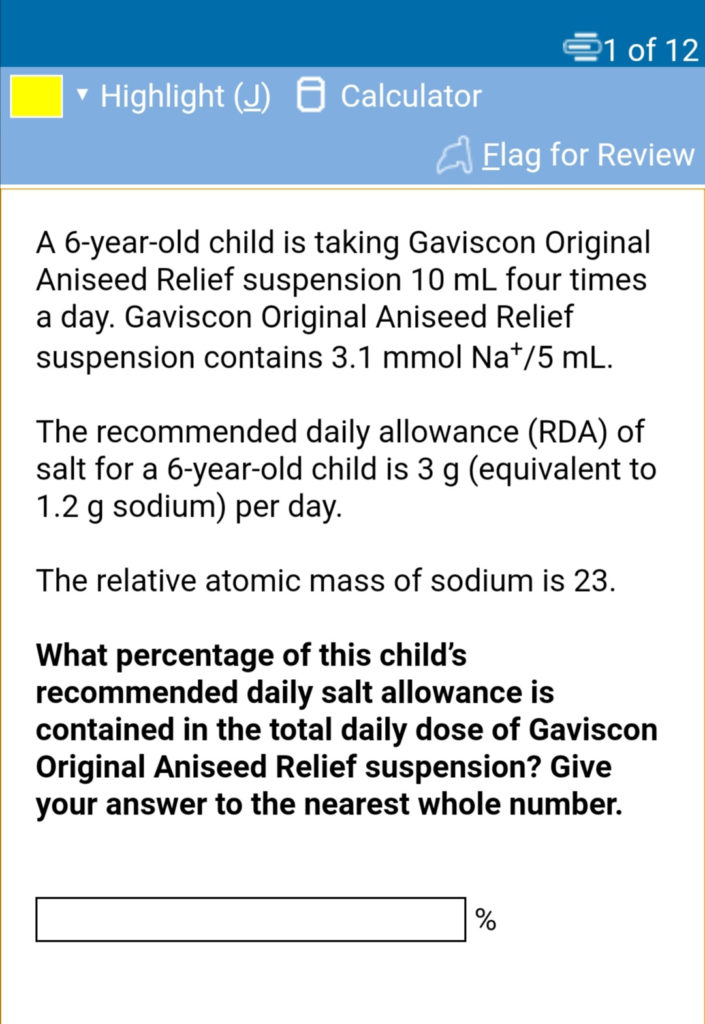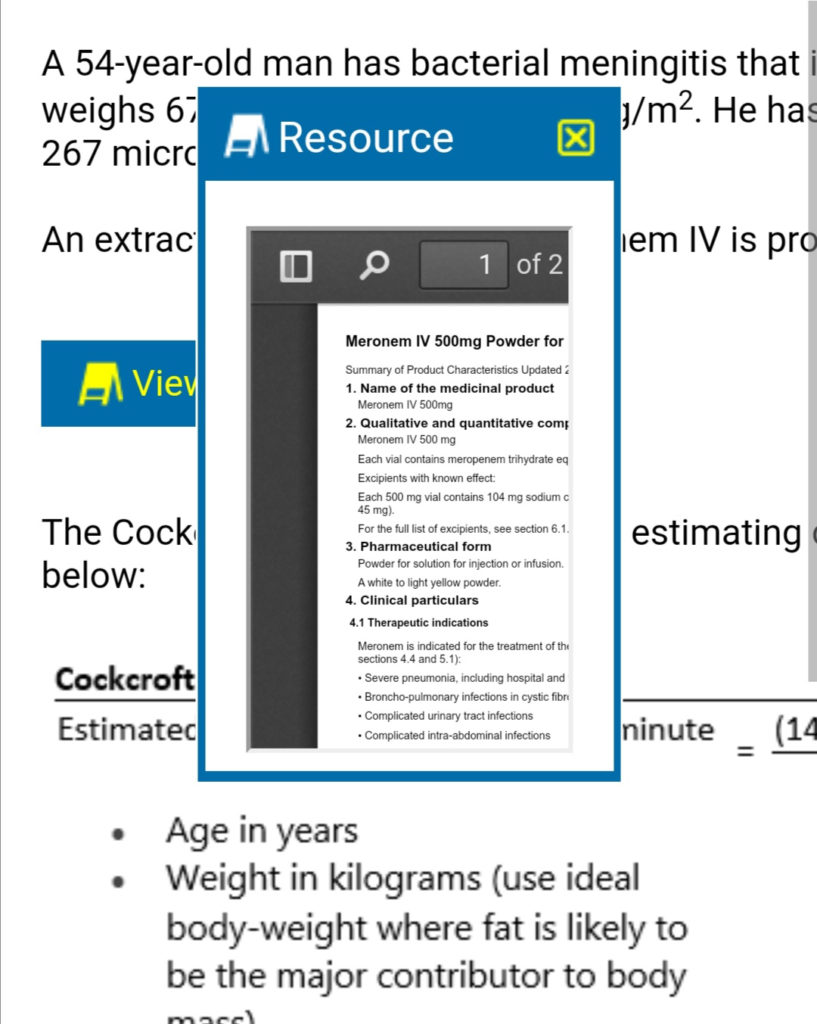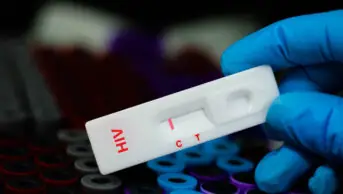
Shutterstock.com
All preregistration trainee pharmacists are required to pass a 40-question calculations assessment in two hours. This can be quite daunting, especially if you are not prepared. You may also feel nervous if you are taking the assessment on 17 or 18 March 2021, as it is online for the first time.
Here are my top tips to help you both before and during the assessment. A lot of additional, useful information can be found in Section 5 of the GPhC preregistration manual.
How to prepare before the assessment
Below are tips on how to prepare for the calculations online paper. Ideally, preparation should begin at least three months prior to the assessment, but there is still time to prepare.
3 weeks before
- See GPhC learning points from June and September 2017, 2018 and 2019;
- Download the GPhC calculations framework.
2.5 weeks before
- Ensure that you have attempted the 12 GPhC sample questions in the new online format and understand how to answer them. These can be found under the ‘Preparing to sit the assessment‘ section;
- Watch the February 2021 ‘Preparing to sit the assessment’ video;
- Practice the sample questions using the Pearson online familiarisation tool;
- Look carefully for rounding instructions.
2 weeks before
- Ensure you are clear on how to complete the calculations answer box. Insert numerical answers only. Do not insert units or commas;
- Make sure you fully understand what is, and is not, likely to be asked. Concentrated waters have been removed from the framework;
- The phrase “Round to the whole number unless otherwise instructed” has been removed. If a question requires rounding then the question will specify this;
- Understand that you have three minutes per question which includes time to answer the question, check your answer and then enter this correctly and as instructed;
- Take care when revising from old mock questions. These are not official. These are not past papers. There may be errors;
- Make sure that you fully understand how to round to one decimal place, two decimal places, nearest whole number, nearest 5, nearest 0.05, nearest tenth, nearest hundredth etc. You could also be asked to round up or down;
- Acquire a GPhC approved calculator. There will be a calculator available on screen if yours breaks down.
- Simulate the exam conditions by wearing a mask at home when practising calculations, as you will have to wear one at the Pearson Vue assessment centre.
What to do in the assessment
- For Part 1 (the calculations paper) you will have a multi-sheet, wipeable notepad;
- You will not need to wipe out calculations and will be able to look back over them;
- You can request an additional notepad if needed.
- You will be able to flag questions for review so that you can come back to them later;
- As soon as the assessment begins, write down anything you are worried about forgetting, no matter how trivial. For example, formulae and definitions;
- Round as per the instructions on the question;
- If you do not like the look of a question, do not panic. Leave it, highlight it and come back to it at the end;
- Do NOT spend too long on the more difficult questions and lose track of time;
- Remember each question is worth one mark;
- Transfer your answers as you go along. Do not wait until the end;
- Look at the units on the calculations answer box before attempting to answer the question so you know what you are trying to work out;
- Make sure your final answer is stated in the required units and you do not use microgram/minute instead of micrograms/kg/minute;
- Read each question at least twice and underline important points — no matter how easy the question looks;
- Highlight the end of the question using the highlight function on screen so that you have identified any rounding instructions. Highlight all the numbers in the question and then ascertain if you need to use them all;
- You will be able to access any resources for a question by clicking ‘View resource’. This will then pop up on screen and can be resized. You can also zoom in and highlight any section.

General Pharmaceutical Council

General Pharmaceutical Council
Tips for specific calculations
- Round up with Number Needed to Treat and down with Number Needed to Harm;
- Round at the end of the calculation unless working out a dose;
- Does your answer make sense? Are you really going to give 27 tablets per single dose to a patient? If you are diluting a 10% solution, then the final concentration MUST be less than 10%.
It is important to remember that most candidates pass the calculations paper. You have already undertaken many calculations at university involving the same topics. GPhC questions may contain more words than university questions. Please do access the Pharmacist Support website if you are feeling the pressure.
This is not mission impossible. It is mission slightly difficult. Good luck!

Source: Babir Malik
About the author:
Babir Malik is the stage 4 calculations lead at the University of Bradford. He is also an RPS preregistration conference panel member and the Green Light Campus Northern lead.


